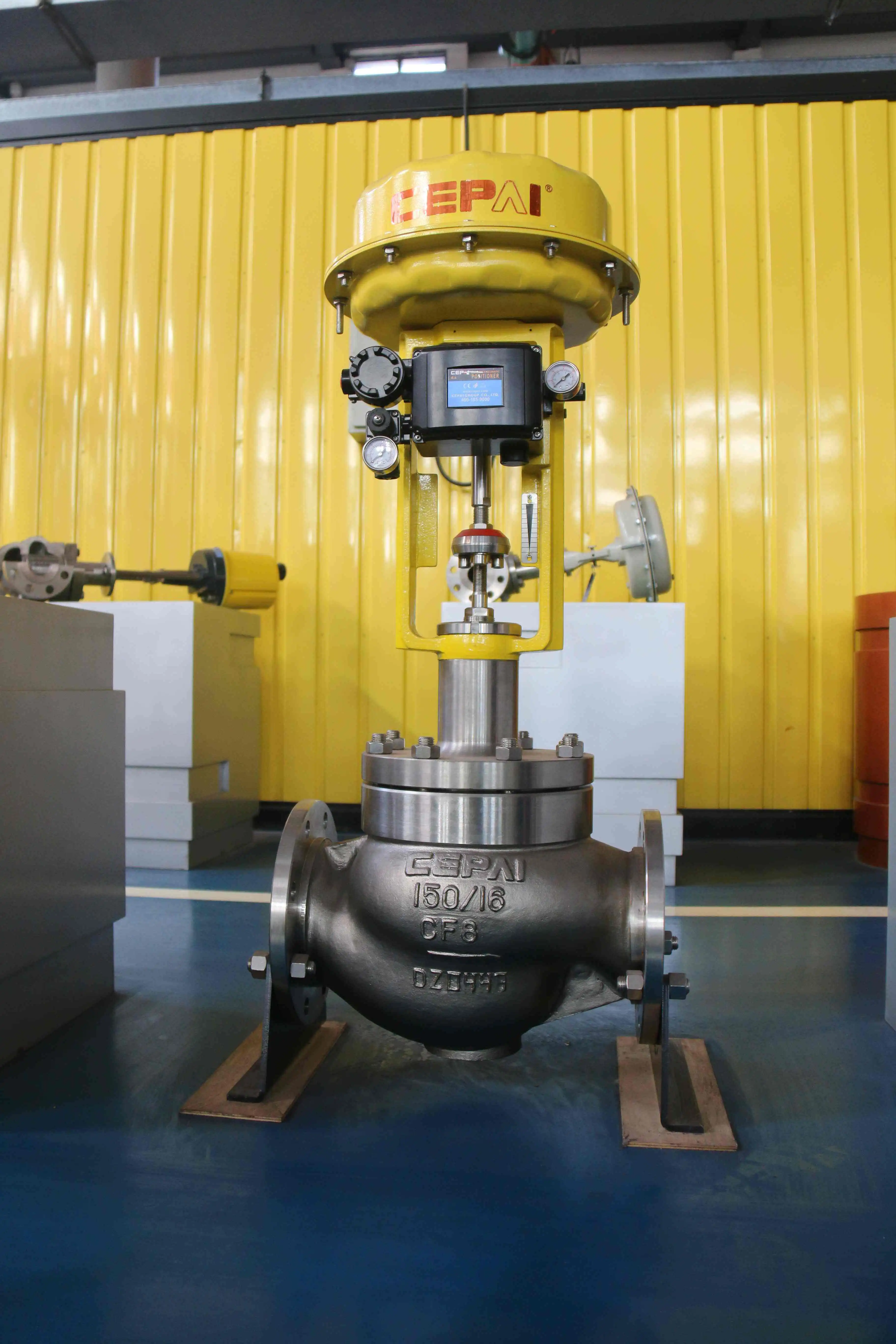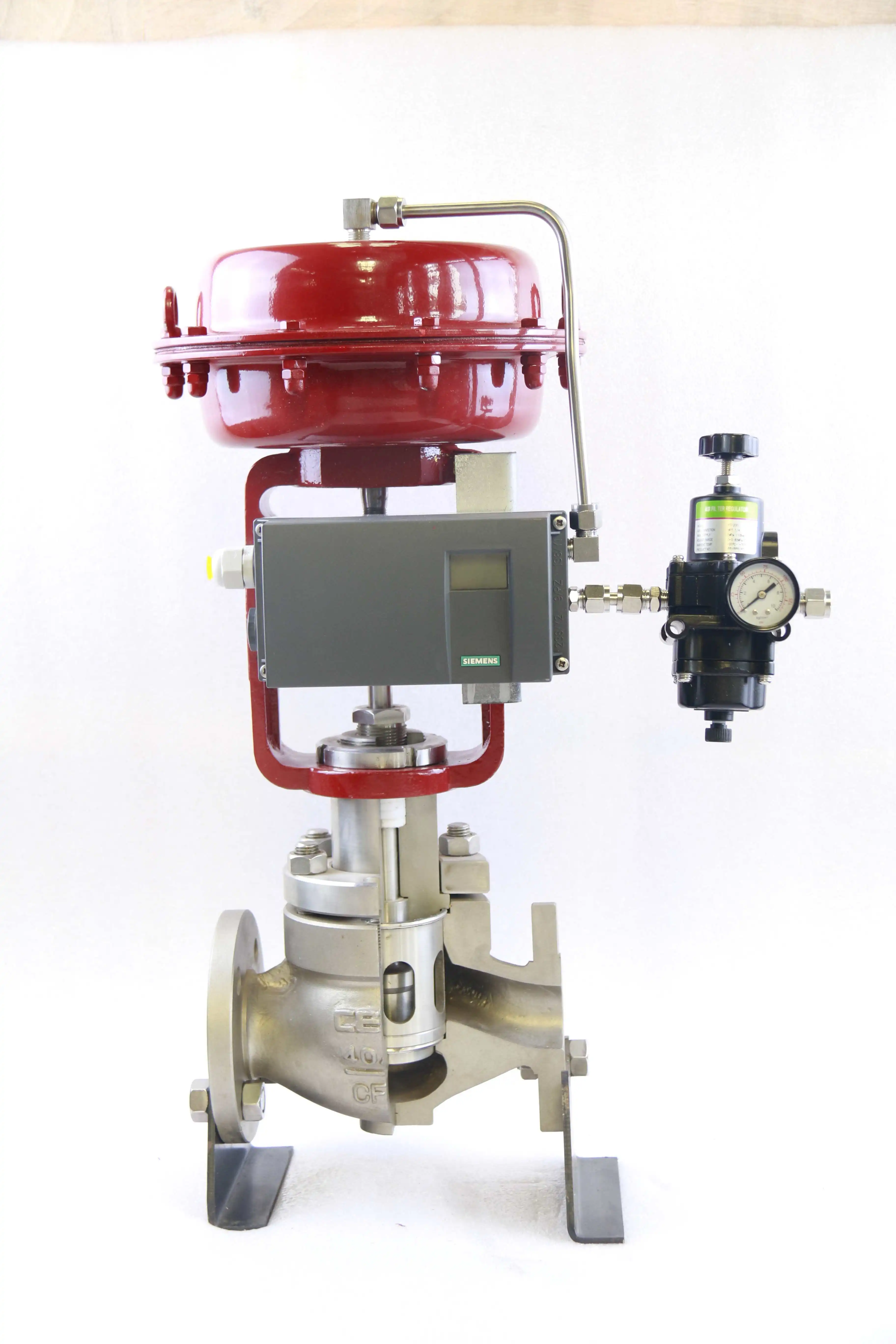How Valve Material Affects Corrosion Resistance in Harsh Environments?
The selection of appropriate valve materials represents one of the most critical engineering decisions in industrial applications, particularly when operating in harsh environments where corrosive agents threaten equipment integrity and operational safety. Understanding how different valve materials respond to corrosive conditions is essential for ensuring reliable performance, minimizing maintenance costs, and preventing catastrophic failures. From offshore oil platforms exposed to saltwater corrosion to chemical processing plants handling aggressive acids, the choice of valve material directly impacts system longevity, operational efficiency, and worker safety. This comprehensive analysis examines the fundamental relationships between material properties and corrosion resistance, providing insights that enable engineers and procurement professionals to make informed decisions when specifying valve solutions for demanding applications.

Material Properties and Corrosion Mechanisms in Valve Applications
Understanding the fundamental relationship between material composition and corrosion resistance forms the foundation for effective valve selection in challenging environments. The ability of valve materials to withstand corrosive attack depends on several critical factors including alloy composition, microstructure, and environmental conditions.
Metallurgical Foundations of Corrosion Resistance
The corrosion resistance of valve materials stems from their ability to form protective oxide layers that prevent further degradation. Stainless steel valves possess exceptional corrosion resistance, thanks to their chromium-nickel-molybdenum alloy composition, which creates a passive film on the surface. This passive layer acts as a barrier against corrosive agents, but its effectiveness varies significantly depending on the specific alloy composition and environmental conditions. Chromium content typically ranges from 10.5% to 30% in stainless steels, with higher percentages providing enhanced protection against oxidizing environments. Nickel additions improve resistance to reducing acids and enhance the stability of the austenitic structure, while molybdenum significantly improves resistance to pitting and crevice corrosion in chloride-containing environments. The synergistic effects of these alloying elements create materials capable of withstanding extreme conditions that would rapidly destroy carbon steel alternatives.
Stress Corrosion Cracking and Material Selection
One of the most insidious forms of corrosion affecting valve performance is stress corrosion cracking, which can lead to sudden failure without warning. The ductility of the alloy is greatly reduced because there is a depletion in the materials' critical stress intensity factor, potentially resulting in catastrophic failure at stress levels far below design parameters. This phenomenon occurs when three conditions coincide: a susceptible material, a corrosive environment, and tensile stress. Understanding these interactions is crucial for valve specification, as seemingly minor changes in operating conditions can trigger stress corrosion cracking in otherwise suitable materials. Different alloy systems exhibit varying susceptibility to this form of attack, with austenitic stainless steels being particularly vulnerable in chloride environments, while duplex stainless steels demonstrate superior resistance under similar conditions.
Environmental Factors Affecting Material Performance
The performance of valve materials in corrosive environments depends heavily on specific operating conditions including temperature, pH, chloride concentration, and the presence of oxidizing agents. Temperature plays a particularly critical role, as elevated temperatures generally accelerate corrosion rates and can alter the protective properties of passive films. Additionally, the presence of crevices, such as those found in threaded connections or gasket interfaces, can create localized environments with dramatically different chemistry than the bulk fluid, leading to accelerated attack in otherwise resistant materials. Understanding these environmental factors enables engineers to select materials that not only resist general corrosion but also withstand localized attack mechanisms that often prove most damaging in practical applications.
Advanced Alloy Systems for Extreme Environments
Modern industrial applications increasingly demand valve materials capable of withstanding the most aggressive chemical environments while maintaining mechanical integrity and operational reliability. Advanced alloy systems have been developed specifically to address these challenges, offering unprecedented levels of corrosion resistance.
Super Duplex Stainless Steels in Critical Applications
Super duplex stainless steels represent a significant advancement in corrosion-resistant valve materials, combining the beneficial properties of both austenitic and ferritic microstructures. Duplex stainless steels combine strength and corrosion resistance for use in harsh environments, making them particularly valuable in offshore and subsea applications where replacement costs are extremely high. These materials typically contain 20-25% chromium, 4-8% nickel, 2-4% molybdenum, and controlled nitrogen additions, resulting in materials with approximately twice the yield strength of conventional austenitic stainless steels while maintaining superior corrosion resistance. The balanced microstructure provides excellent resistance to stress corrosion cracking in chloride environments, a critical advantage in seawater service where conventional stainless steels may fail. Super duplex grades like UNS S32750 and S32760 demonstrate exceptional performance in produced water handling, subsea applications, and high-pressure high-temperature service where both mechanical properties and corrosion resistance are paramount.
Nickel-Based Superalloys for Ultimate Performance
For the most demanding applications, nickel-based superalloys provide unmatched corrosion resistance combined with exceptional high-temperature properties. Hastelloy alloys offer exceptional resistance to a wide range of corrosive chemicals, including strong acids, alkalis, oxidizing agents, and harsh environments, making them indispensable in chemical processing applications and valve manufacturing. These materials, including alloys such as Hastelloy C-276, C-22, and Inconel 625, are specifically designed to resist attack from the most aggressive chemicals while maintaining mechanical properties at elevated temperatures. The high nickel content provides inherent resistance to reducing environments, while chromium and molybdenum additions enhance resistance to oxidizing conditions and localized corrosion. These superalloys excel in applications involving concentrated acids, mixed oxidizing and reducing environments, and high-temperature chemical processing where conventional materials would fail rapidly.

Titanium and Specialized Coating Technologies
Titanium valves represent the pinnacle of corrosion resistance for specific applications, particularly those involving hot concentrated acids and seawater service. Titanium valves have become the linchpin in ensuring corrosion resistance in aggressive environments, offering virtually complete immunity to chloride-induced corrosion while maintaining excellent mechanical properties. The formation of a stable titanium dioxide passive film provides protection against a wide range of corrosive media, including hot nitric acid, seawater, and chlorinated hydrocarbons. Beyond solid titanium construction, advanced coating technologies expand the application range of less expensive base materials. Chrome oxide and titanium dioxide coatings offer hard, wear resistant surfaces and corrosion resistance for a wide range of industrial applications, enabling the use of carbon steel or standard stainless steel substrates in moderately corrosive environments while providing enhanced surface protection.
Industry Applications and Performance Optimization Strategies
The practical application of corrosion-resistant valve materials requires careful consideration of specific industry requirements, operating conditions, and economic factors. Different industrial sectors present unique challenges that demand tailored material solutions and optimization strategies.
Petrochemical and Offshore Applications
The petrochemical industry presents some of the most challenging environments for valve materials, combining high temperatures, aggressive chemicals, and often the presence of hydrogen sulfide or other corrosive compounds. In offshore applications, the additional challenge of seawater exposure creates conditions that can rapidly destroy inadequately specified materials. The oil and gas industry has developed extensive experience with material selection, leading to standardized approaches for different service conditions. For sour gas service containing hydrogen sulfide, materials must resist sulfide stress cracking while maintaining mechanical properties, often requiring specialized grades of stainless steel or nickel alloys. The presence of chlorides in produced water systems necessitates careful attention to pitting and crevice corrosion resistance, with super duplex stainless steels or high-performance nickel alloys being preferred choices. Cost optimization in these applications often involves using the minimum alloy content necessary to achieve reliable performance, as material costs can represent a significant portion of total project expenses.
Chemical Processing and Pharmaceutical Industries
Chemical processing applications demand valve materials capable of handling concentrated acids, bases, and organic solvents while maintaining product purity and preventing contamination. The pharmaceutical industry adds additional requirements for cleanability and compliance with regulatory standards. Chemical processing systems that handle highly corrosive chemicals such as hydrochloric acid, sulfuric acid, and phosphoric acid, require valves made from specialized materials that can withstand these aggressive conditions. Material selection must consider not only general corrosion resistance but also the potential for localized attack, temperature cycling effects, and the need for periodic cleaning and sterilization. High-performance alloys like Hastelloy C-276 or Inconel 686 are often specified for the most demanding chemical service, while specialized surface treatments or linings may be employed to achieve the required performance at reduced cost. The validation of material performance through rigorous testing protocols ensures compliance with industry standards and regulatory requirements.
Power Generation and Water Treatment Systems
Power generation facilities and water treatment plants present unique corrosion challenges related to water chemistry, temperature cycling, and the presence of treatment chemicals. Valve materials must resist erosion-corrosion from high-velocity water flow while maintaining structural integrity under thermal stress cycling. The presence of chlorides from cooling water systems or water treatment chemicals creates conditions favoring localized corrosion, requiring careful material selection and monitoring programs. Duplex stainless steels have found widespread acceptance in these applications due to their combination of strength, corrosion resistance, and cost-effectiveness compared to higher-grade alloys. The implementation of comprehensive corrosion monitoring programs enables optimization of material selection and operating procedures to maximize valve service life while minimizing maintenance costs. Regular inspection protocols using advanced nondestructive testing techniques help identify potential issues before they result in failure, supporting predictive maintenance strategies that reduce operational risks and costs.
Conclusion
The relationship between valve material selection and corrosion resistance in harsh environments represents a critical engineering decision that impacts safety, reliability, and economic performance across numerous industries. Through careful consideration of metallurgical principles, environmental factors, and application-specific requirements, engineers can specify materials that provide optimal performance while managing costs effectively. The advancement of material science continues to provide new solutions for increasingly demanding applications, from super duplex stainless steels for offshore service to advanced coating technologies that extend the application range of conventional materials.

As a leading China Valve factory with extensive experience in harsh environment applications, CEPAI Group Co., Ltd. leverages advanced manufacturing capabilities and comprehensive quality systems to deliver superior corrosion-resistant valve solutions. Our position as a trusted China Valve supplier is built on deep technical expertise, rigorous testing protocols, and proven performance in the most demanding applications. Whether you need standard corrosion-resistant valves or custom-engineered solutions for extreme environments, our team of experts is ready to provide technical consultation and competitive Valve price quotations. As an established China Valve manufacturer with certifications including API, ISO, and CE standards, we offer comprehensive Valve for sale options backed by our commitment to quality and customer satisfaction. Contact our experienced China Valve wholesale team at cepai@cepai.com to discuss your specific requirements and discover how our advanced materials expertise can enhance your system performance and reliability.
References
1. Kumar, S., & Chen, L. (2024). "Metallurgical Aspects of Corrosion Resistance in Industrial Valve Applications." Journal of Materials Engineering and Performance, 33(8), 2156-2167.
2. Thompson, R., Martinez, A., & Singh, P. (2023). "Comparative Analysis of Super Duplex Stainless Steels in Marine Valve Applications." Corrosion Science and Engineering, 41(3), 445-459.
3. Williams, J., & Anderson, K. (2024). "Advanced Nickel Alloys for Chemical Processing Valve Applications: Performance and Selection Criteria." Materials and Corrosion, 75(2), 234-248.
4. Zhang, H., Liu, Q., & Brown, M. (2023). "Titanium and High-Performance Coating Technologies for Valve Corrosion Protection." Surface and Coatings Technology, 452, 129087.
_1746598568348.webp)
Get professional pre-sales technical consultation and valve selection services, customized solution services.

About CEPAI


